Conversations
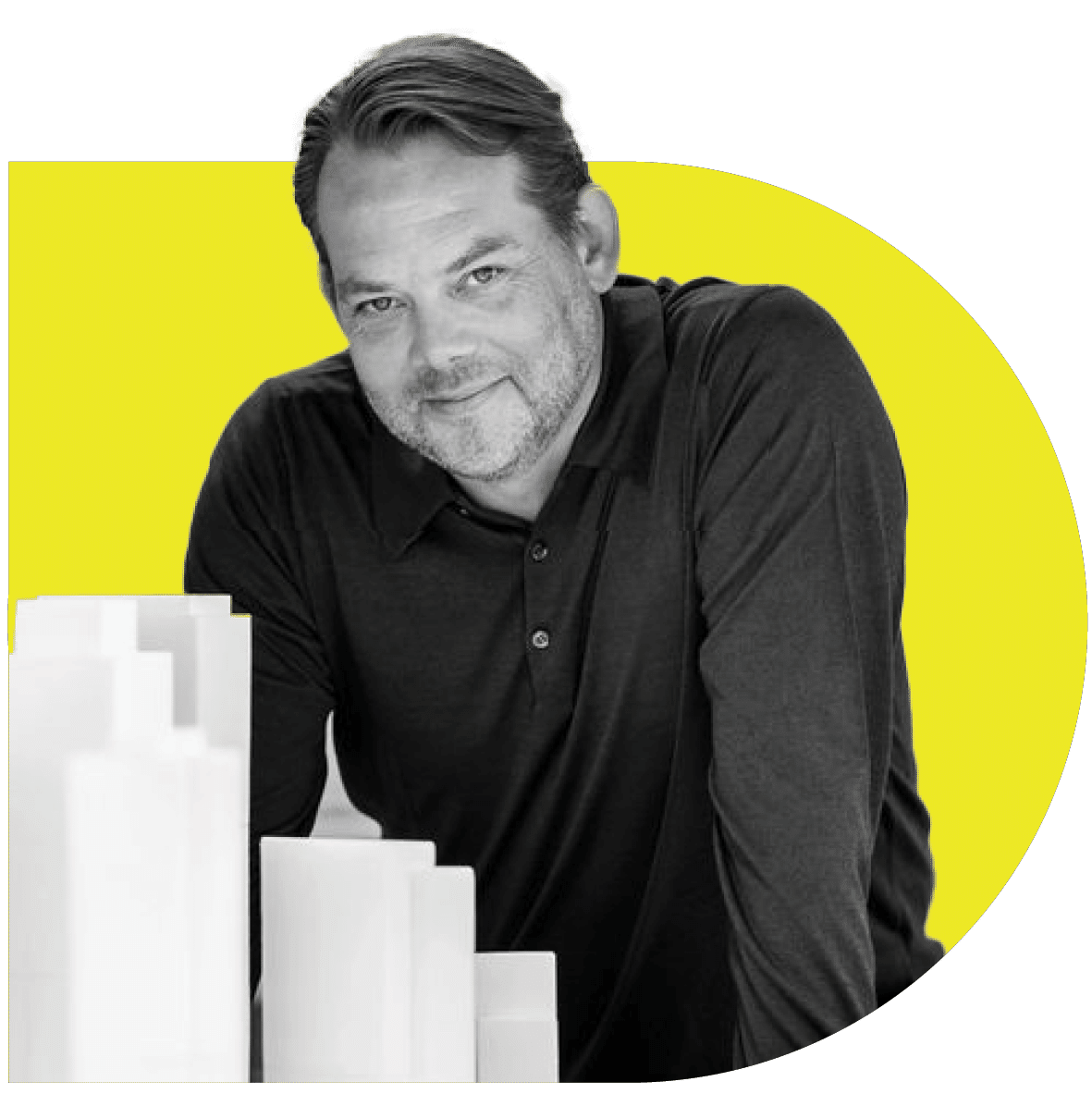
David Gianotten

Managing Partner-Architect of OMA David Gianotten has been pivotal in crafting designs that transcend the ordinary, melding functionality with artistry.
In this conversation, we explore how Gianotten has literally taken the adage ‘teamwork makes the dream work’ and made it a culture.
The importance of teamwork
Gianotten’s history is unique, not only in his unique path to his current position as leader of a new ethical, sustainable movement in architecture, but in his origins as a professional footballer.
Born to intelligent, creative parents (his mother is a clinical psychologist and his father created one of the biggest bookstores in the Netherlands), he was exposed at a young age to design and entrepreneurship and the feeling that anything is possible.
Young Gianotten’s first talent was soccer, playing professionally by the age of nine, as it was in working as a team that had a formative influence on his philosophies.
“In a soccer team, there is a very clear collaboration structure,” he says. “There is an innovative idea behind it and constant improvement behind it. So from a young age you are already constructing how to work together and making sure you push in the right direction,” he says.
Balancing Gianotten’s talent to play professional sport was his desire to become an architect. He began studying at university while still playing.
“And I immediately felt that what I learned working in a team could be really used in the making of design. It was for me not a process of my own, it was a process of a group,” he says.
As a graduate Gianotten went to Japan to work on several projects, some with renowned Japanese architect Arata Isozaki. But the most formative moment in his career was in the year 2000, working on the aftermath of the catastrophic fireworks explosion in a residential area of Enschede, Netherlands.
The disaster killed 23 people and injured 950 others, essentially obliterating an entire neighbourhood and making 1250 people homeless. The catastrophe spurred Gianotten to use his skills for the greater good and he stepped up to support the community.
“We made a completely new philosophy, thinking: how do we give the people that lived there before the disaster a role in the rebuilding and ensure their needs are accommodated, while at the same time making the town a new place for design and architecture?” he says.
Gianotten started his own firm immediately, and in that process, worked with Rem Koolhaas who was impressed with his approach. Koolhaas invited him to join OMA to help manage their worldwide portfolio. “When we were working together he saw that my strength is mainly working with people to create opportunities,” he says.
Gianotten was first sent to Asian countries to create those opportunities for the company. Then after seven years of working on projects across the Indo-Asia-Pacific region, he returned to Rotterdam to take over management of the whole company at the other partners’ request.
“I'm not a typical architect that is attracted by a design opportunity, I'm really an architect that is attracted by an opportunity to collaborate,” says Gianotten. “That's also why working all around the world works for me - because every place is different, every circumstance is different, every person is different,” he says.
“There is always an opportunity to cooperate and create something very specific for any context,” he says. “That's where my philosophy, my methodology, my being, my inner sense of how I grew up, comes to life. That’s where I'm strongest and that's what I want to do.”
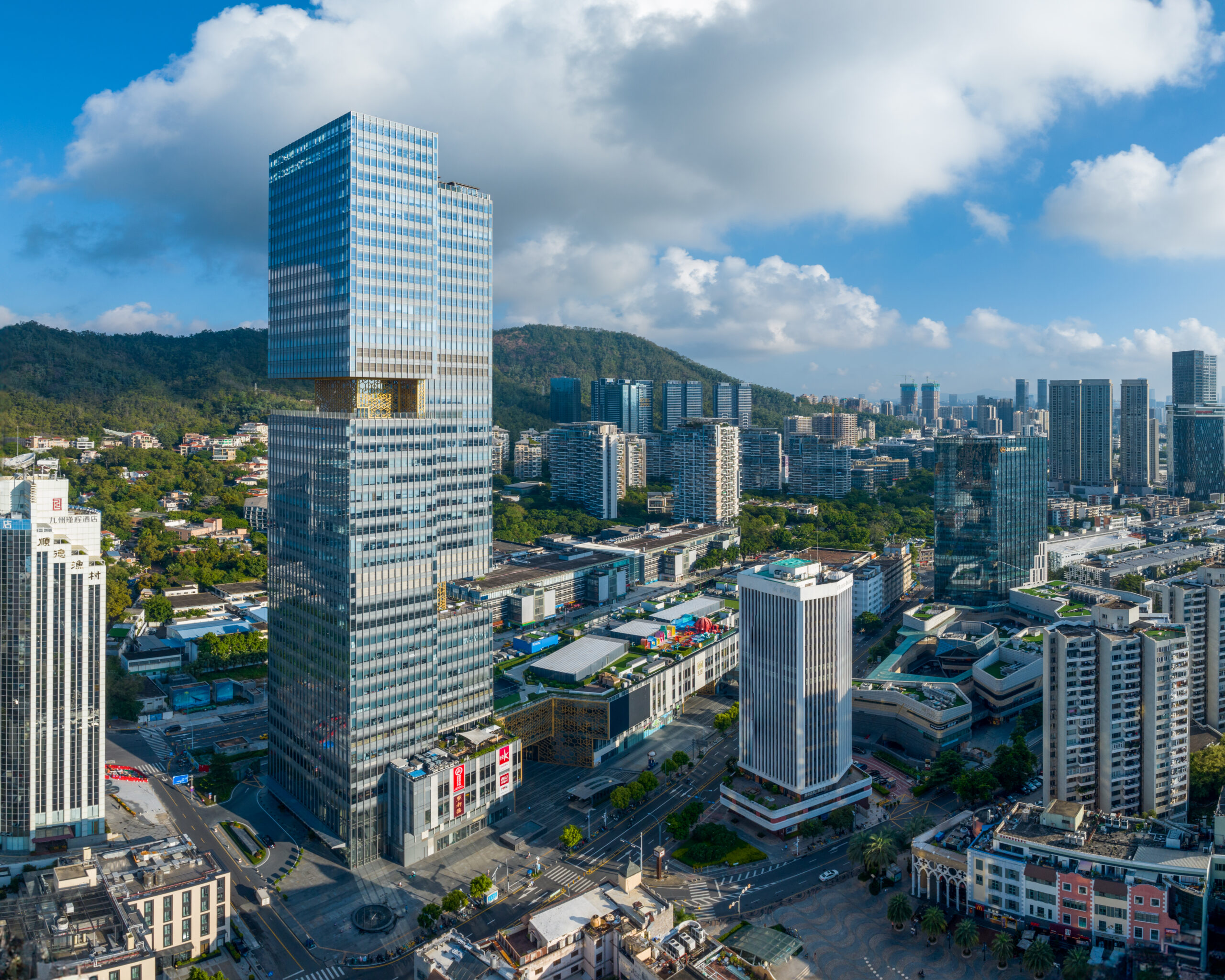
Photography by Kris Provoost for OMA: Prince Plaza Shenzhen, China
Transforming prisons, transforming lives
Several of Gianotten’s projects include revitalising and transforming old districts and heritage buildings, removing unnecessary and redundant features to insert new structures and create new purpose. Some, like the Bajes Kwartier in Amsterdam, the WA Museum Boola Bardip in Perth, Australia and the Koepelgevangenis in Breda Netherlands, are old prisons seeking innovative new life beyond their punitive histories.
Redeveloping places of incarceration into places of enlightenment has taught Gianotten to view any substance as valuable and nothing should be disposed of if it can be given new life.
“The memory of a place is not only in the soil and the people that talk about it, it’s in the static exposure of the place and buildings are part of that,” he says. “If you look at things that way every building is a treasure, even when it's a bad place, completely a ruin or something that cannot be repurposed easily - with effort it can become something new.”
An example of this reinvention is his work on The Koepelgevangenis Panopticon in Breda. A working prison until 2013, this amazing building was best known throughout the Netherlands as the place where Nazis and collaborators were incarcerated after the Second World War.
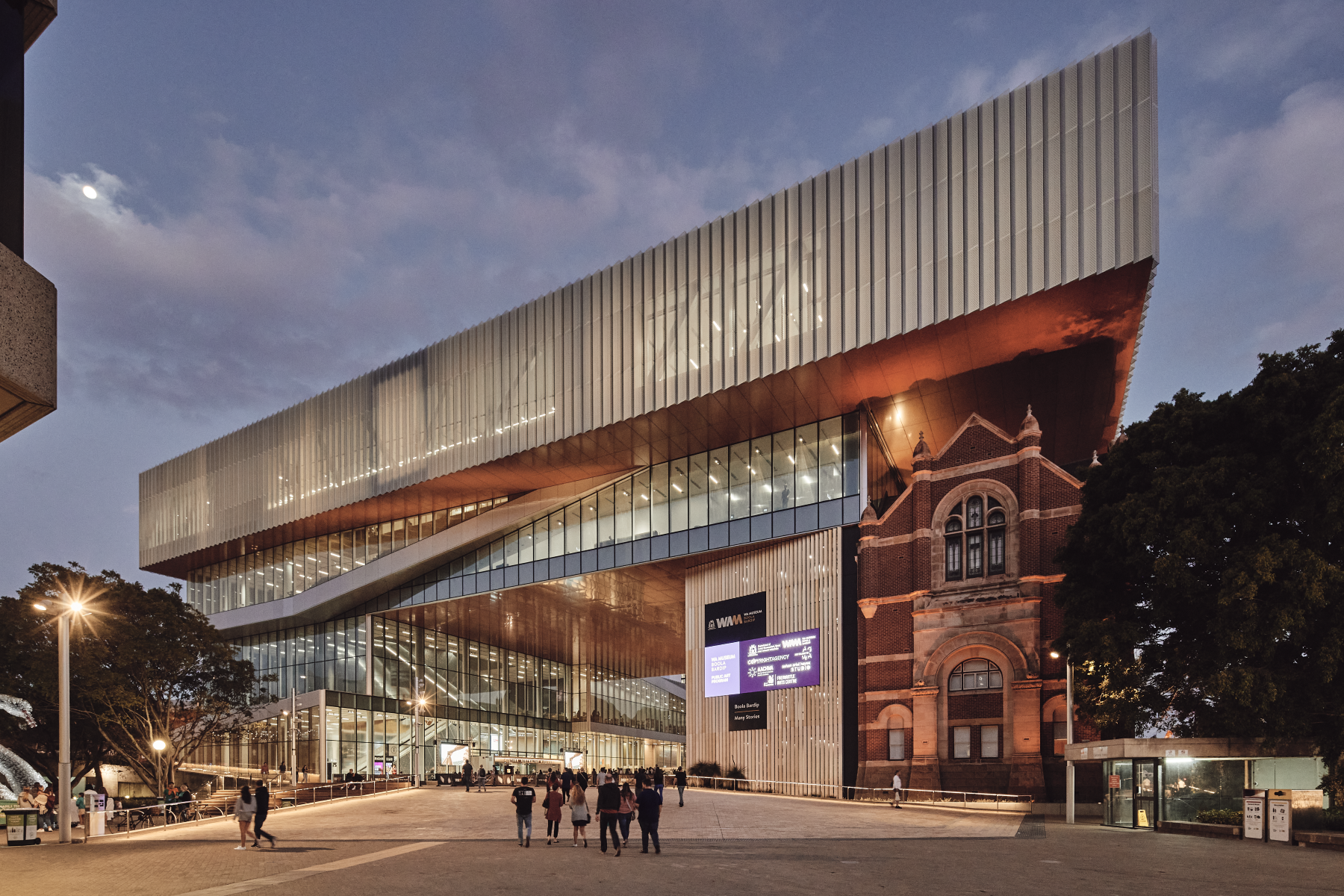
Image courtesy of Hassell + OMA, copyright Peter Bennetts: WA Museum Boola Bardip, Perth AUS
The building itself became a national monument in 2001 and is completely protected, so there was an inherent balancing act between keeping that history, yet transforming it into a new cultural destination with housing and a city park.
On this project Gianotten saw the role of the architect as “to see beyond what is normally expected”. “There's not just a competition and a brief, there is a whole process of how to construct an opportunity,” he says.
“And to me that is where architecture has a real meaning, not only in the sense of design, but also in bringing the right minds together, making sure the right ideas are tested scientifically, financially, economically and socially before being brought to life in steps.
“That building has a quite negative connotation because of the people that were locked up there. Everybody knows it, and yet we need to turn it into something very positive for a city that is also one of the most traditional in the Netherlands. So, it's an amazing project,” he says.
Another opportunity for real innovation without the usual restraints came from another prison transformation right in the centre of Amsterdam –the Bajes Kwartier masterplan – a 135,000 m2 development on the 7.5 ha Bijmerbajes site – transforming the former prison complex into a hub for sustainable living, well integrated with Amsterdam’s urban fabric.

Image courtesy of OMA: Koepelgevangenis in Breda Netherlands
“In Amsterdam, all the land belongs to the city government, and you lease it from them,” Gianotten explains. “Even when you build a house on it the land is still leased.
“But this piece of land with the prison on - we could buy from the central government without any rules and regulations on it, so we can set new standards,” he says. “We can choose to be completely independent from the infrastructure of the city, where about 1,300 self-sufficient in energy apartments will be, that will reuse 98% of the material that was onsite of the existing buildings.”
Essentially the project could become a unique opportunity to explore all the experimental ideas of a sustainable transformation within an urban environment – how to expand design and functional possibilities and create social and economic meaning for a place, all still within its context.
“That's how I see the future of our cities,” says Gianotten. “They all need to be carefully rethought in the way they operate, but also in the way their base is. If you keep doing what we have done in the
last 50, 60 years, working with regulations that are fixed and very often industry influenced, we will only make progress of about 5% in increments.”
“However, if you take away these present notions of what a business case should be, what revenue should be, what regulation should be, and you actually put your ambitions much, much higher, you can create leaps forward that are much bigger than increments you can achieve through trying to innovate the industry,” he says.
Gianotten feels it is our responsibility to make much larger progress than the current norm of talking for ages before all can agree on a consensus. “For example, here in the Netherlands, there's a huge housing shortage, and they’ve already talked about how to solve it for seven years, and nothing is happening. That’s simply because they're doing it within their own way of thinking. They don't want to go beyond. [It could be me] an architect, a person that brings these types of thoughts together and tries to explore them and experiment with them,” he says.
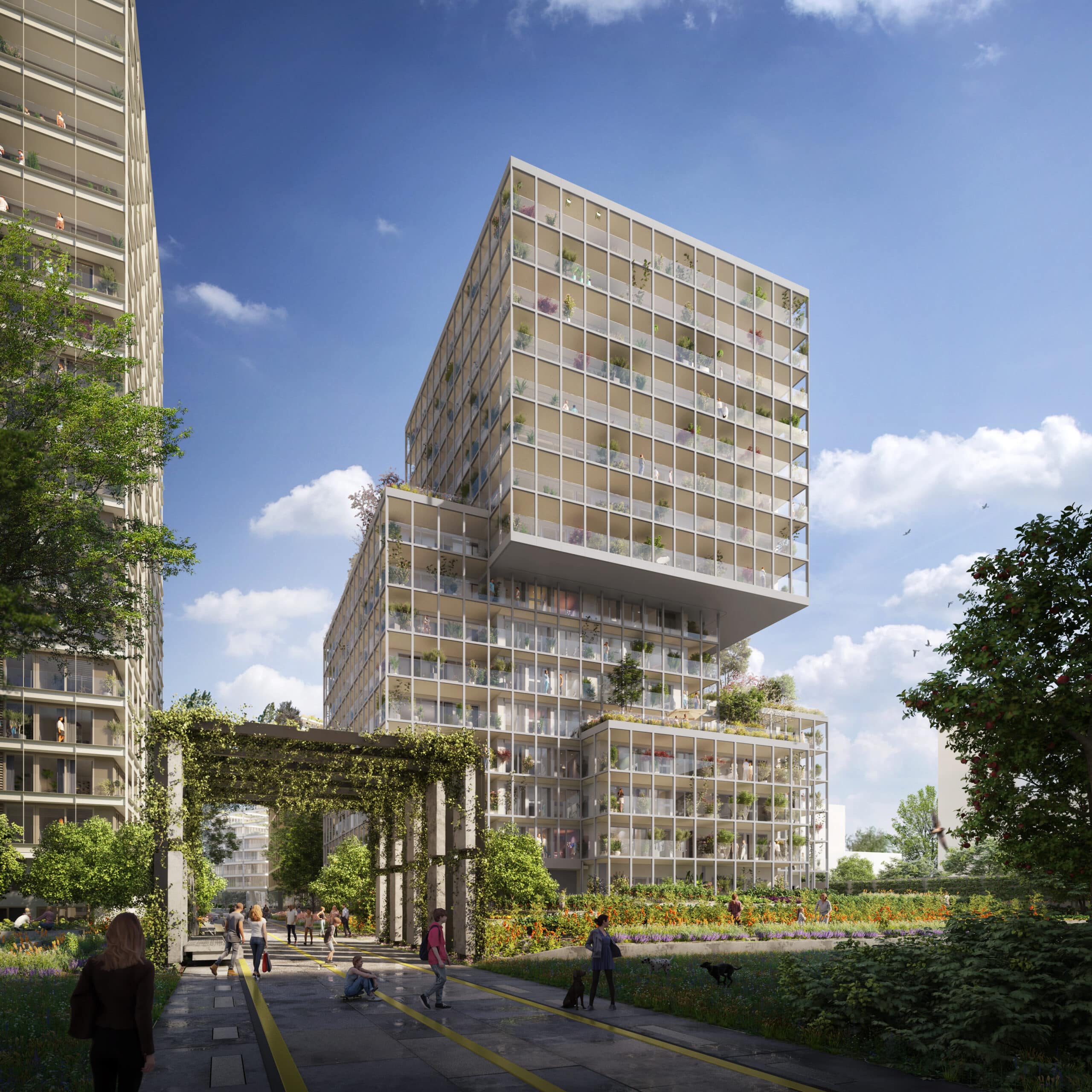
Image courtesy of OMA: Bajes Kwartier Building E
Ticking the sustainability box
Gianotten has long worried about the general interpretation of sustainability within the industry and how benchmarks like the Green Star rating are not taking corporate responsibility to its full potential.
“These star ratings all around the world, from LEED to Green Star to all the German standards, don't go far enough because every circumstance is different, every person, every client, every operation,” he says.
“If you make a tick-the-box system, people will tick the boxes and think, ‘Okay, I'm doing right’ so they do not contribute more. I call these type of measures ‘broccoli architecture’ because when you put the word ‘green’ in front or on a building, it becomes green on top of the tick-the-box. Instead, you must explore all the opportunities you have in each project.”
Gianotten’s Potato Head Studios is a project in Bali very close to his heart, and an example of sustainability that goes beyond tick-box planning.
“We had a client that bought a piece of land and said: ‘Bali needs to transform. We cannot continue to only have people come in, go behind the gates of resorts and exploit Bali and its resources, then leave their dirt behind when they leave. We have to make a place that Bali needs, that is of the Indonesians, that at the same time has a philosophy of transforming waste policies, not only in the tourist industry but also for the whole island,” he says.
Gianotten says a result of that project was getting single-use plastics banned island-wide.
“There was a perfect opportunity to do something and everybody understood what we were trying to do - while having no clue how to do it. But then you work together and the idea becomes bigger and bigger. It moves beyond a resort, which is not a cultural space, to a place that really wants to transform how people perceive tourism and expectation of a place they're not from,” he says.
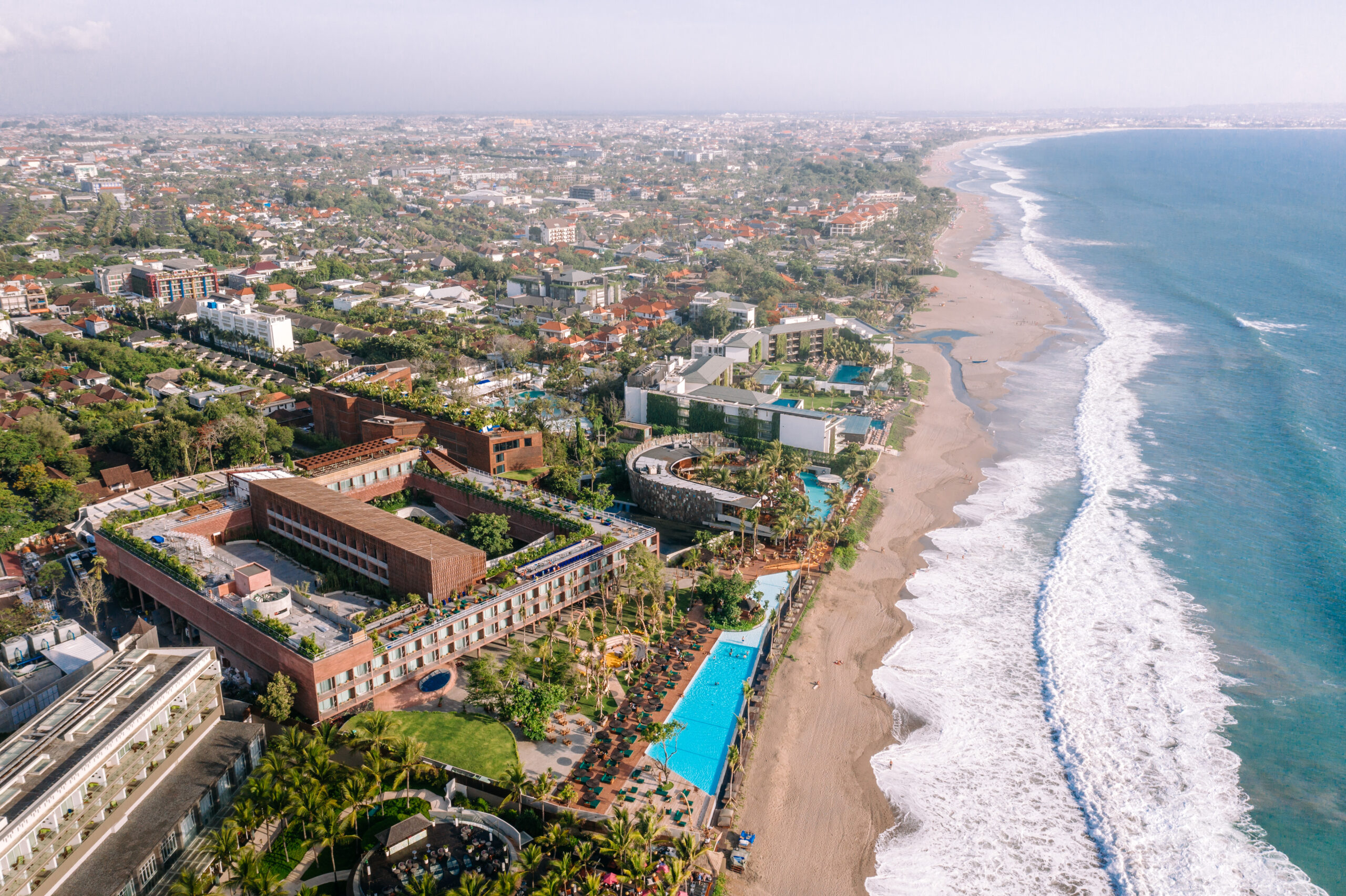
Photography by Kevin Mak for OMA: Potato Head Studios, Bali
When it comes to sustainability, Gianotten believes you can never make a leap forward if you're not allowing mistakes. “In a process like that, we tested so many things so many things failed,” he says. “But in the end, we were successful to a level that no other place in the world that receives more than thousands and thousands of tourists every year can achieve, and that is something to really talk about,” he says.
“Act, do it, make mistakes, change it along the way, and then even when you're operating, improve it. Human nature has become afraid of experimenting, of trying to understand, of acknowledging that failure is part of success,” he says. “It's about pushing the boundaries to achieve something that has never been achieved before.”
Gianotten takes aspects of sustainability, and then tries to push them to the maximum.
“We always take another angle, and then in the end, we're always far beyond what you would do if you would tick the box,” he says.
“In Bali, we focused on the waste aspect and using local materials only. In Bijlmerbajes, we invented new systems of reuse for materials, instead of throwing them away. In a project we're currently doing in Australia, we're working on an extremely dirty place in a big city to transform it into a place for sustainable thinking and innovation, and therefore turning its meaning completely in the opposite direction,” he says.
“Sustainability for me has become an advertisement term in architecture. Very often it has become this green shaming or broccoli architecture, which doesn't make any sense. You really have to look at the context, at the circumstance, at the client, to make sure you achieve more than any standard would dictate.”
Gianotten believes that architecture is not necessarily only about the beautiful design or beautiful materials, but really about the base approach of collaboration, of trying to understand, of pushing for innovation.
“It is about being inventive and trying to do it in a way it was never done before. Not for the purpose to be special, but for the purpose to create a place that is unique and can only exist there and operate there,” he says.
“That is where I may be a bit of a different breed than many architects, but I really want to leave behind that philosophy that if you do it your own way, you can achieve amazing things as long as you believe in them, can get people along with the idea and admit that failure will be part of the route but success might be at the end,” he says.
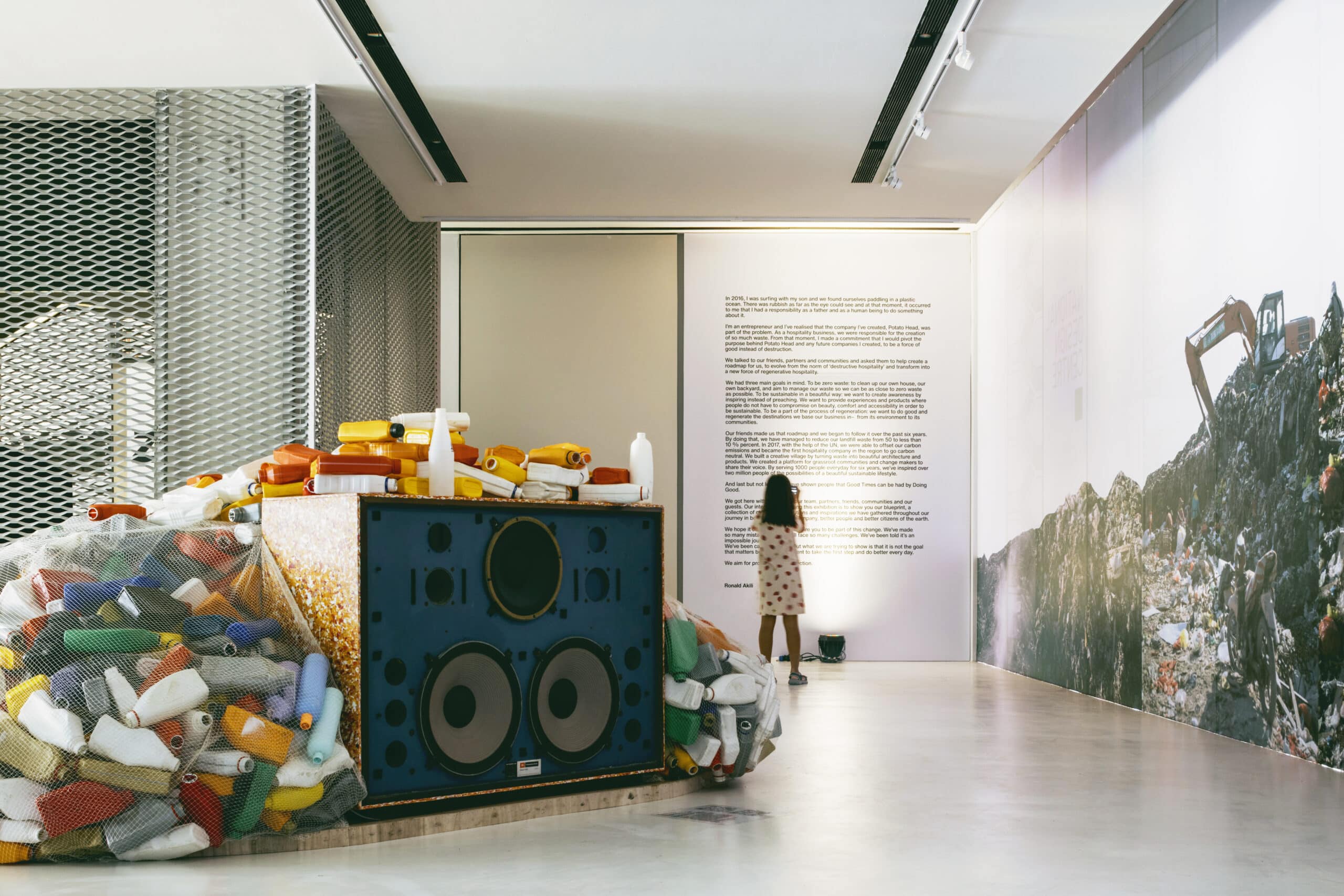
Photography by Kevin Mak for OMA: Potato Head Studios, Bali
Family matters
Gianotten proudly puts his family first, and that has also influenced his design philosophy and ambitions.
“Family is extremely important to me, my kids and my loved ones are first in every instance, but in a way that I want them to explore their own course or direction; and that's exactly what I would like to leave behind,” he says.
“That way of life, that way of approaching things; very open, but with an enormous ambition; acknowledging that you don't know how to do it but that you want to do it, is where I find my best clients, is where I find my friends, is where I find places in the world I want to return to. Not because I shaped them, but because WE shaped them and then they become part of you. I want to do only things that can become part of me, part of us.”
Family life to Gianotten goes beyond children, partner, parents, and siblings. “Family life is also my friends, my dearest colleagues. They are part of my inner circle, part of my realm, and in that, I'm very lucky that I've also now found clients that became part of my inner circle, that you want to do things with again and again.”
